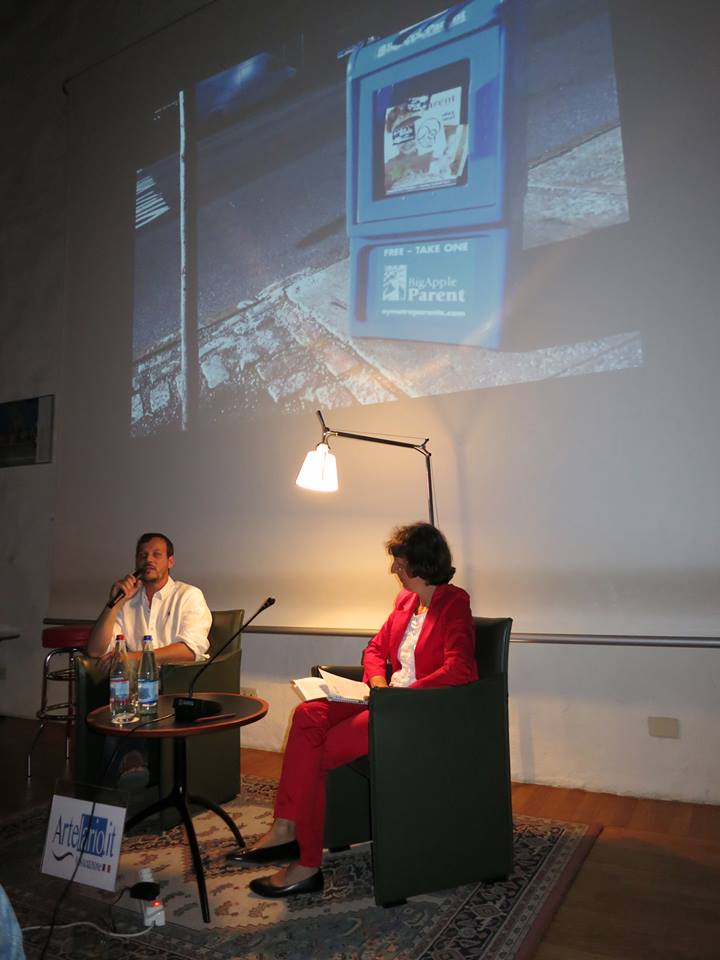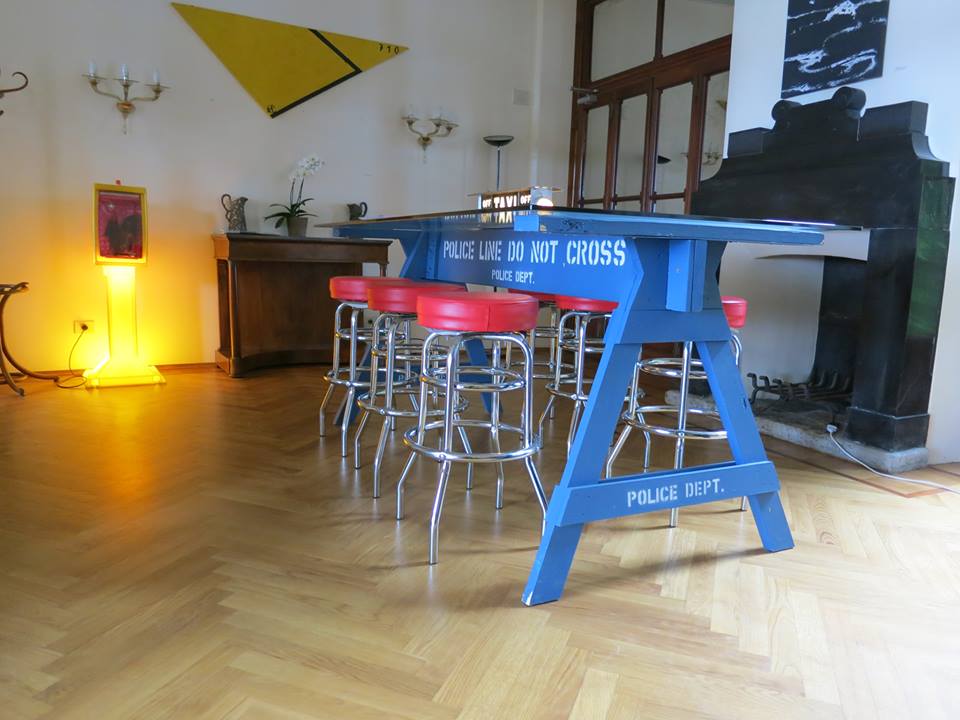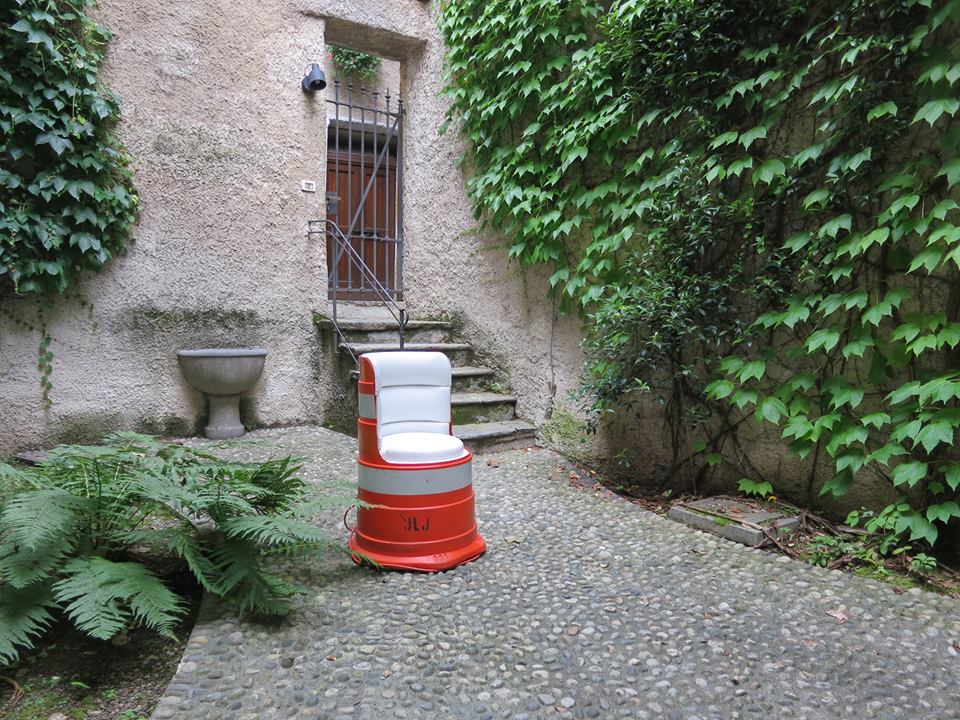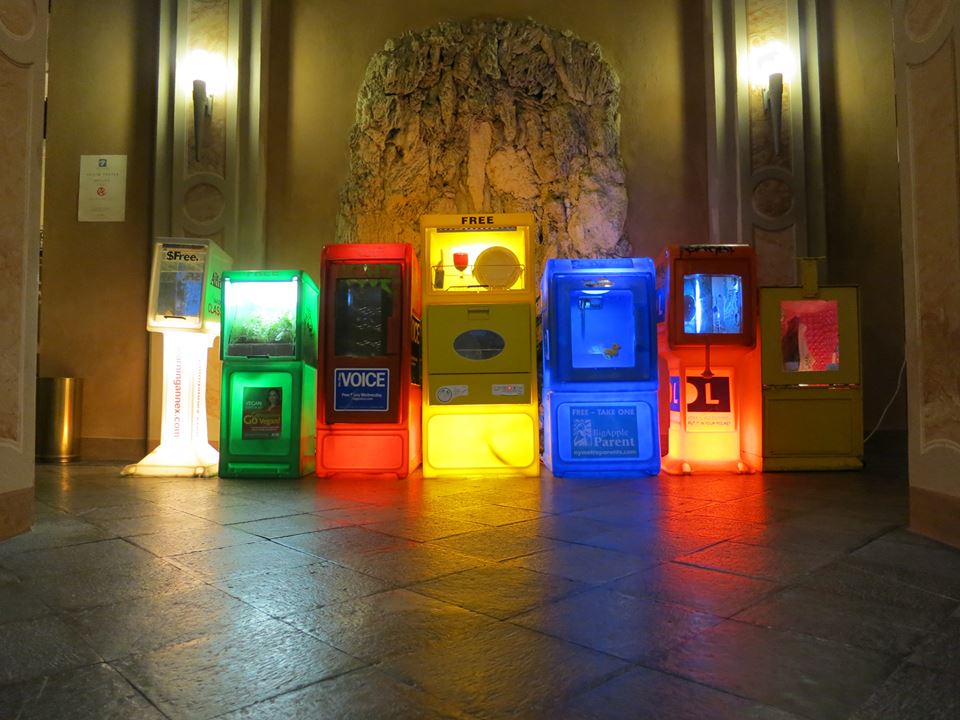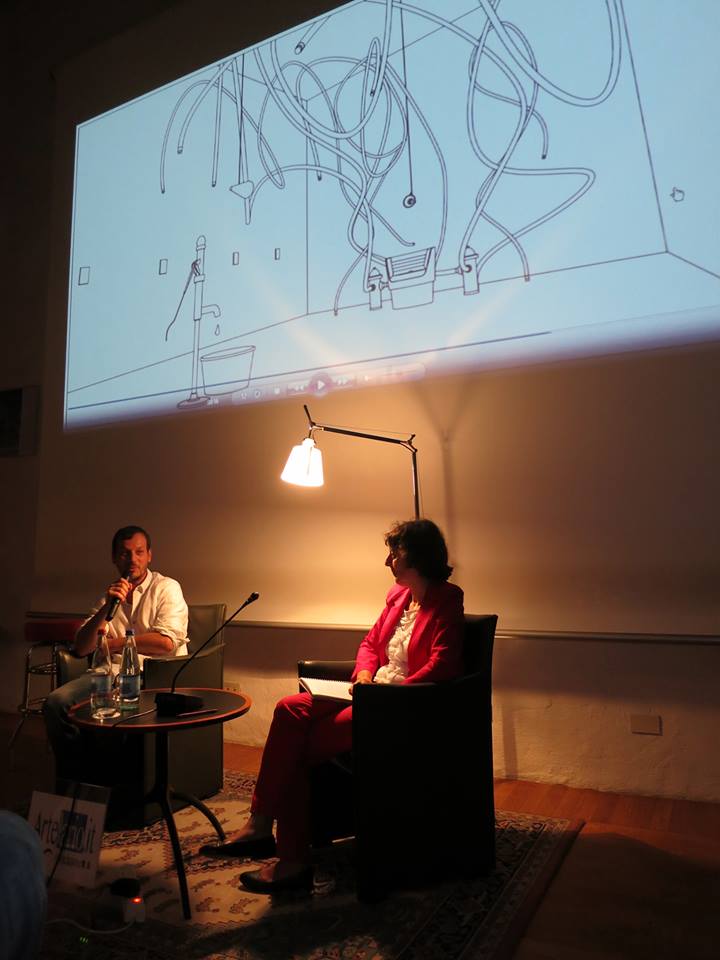VILLA VIGONI “A SUSTAINABLE PRESENT FOR THE FUTURE”
International artist takes over German-Italian Centre for European Excellence with garbage from New York streets.
Menaggio (July 12-13, 2014) Villa Vigoni presents “A sustainable present for the future,” a solo Exhibition By Carlo Sampietro.
The work will be display throughout the the complex and conference Space of Villa Vigoni, a bilateral association, which was founded by the German Federal Republic and the Italian Republic. Its aim is to foster the relationship between Italy and Germany in the fields of scientific research, higher education and culture. July 12-13.
The artist chose this non traditional setting to engage the new generation who will define our future. Participants will be able to consider the outside world they’re surrounding from within the protected environment of a cultural setting.
Italian born artist Carlo Sampietro designs urban sculptures and furniture out of recycled materials – an essential step in creating a sustainable world.
While sending a very strong message that, if we have the capacity to think of objects beyond their original usage or meaning, resources around us can be used in a much effective and friendlier manner, Sampietro’s installations argue for a stronger connection between people and the city.
In Sampietro’s art this relationship is much more than a connection. Looking at his work is like accepting a sense of harmony and belonging to urban structures and preconception that are normally perceived as obstacles in our daily lives. In this way, Sampietro seems to suggest the need for a renewed dialogue among future world leaders about how to design the spaces and times we live in. For example, The Aqueduct highlights the global issue of water consumption while Pop Dogs addresses dog overpopulation in developing cities. In his latest video Art Bunda pandeiro Sampietro explores the rules of gender and race in the contemporary world.
Sampietro’s works are also an invitation for the community to look at complex problems from the standpoint of resourcefulness. It is this resourcefulness in Sampietro’s work that will resonate with people who are working with developing communities and who may perceive a lack of resources when in fact they have many.
